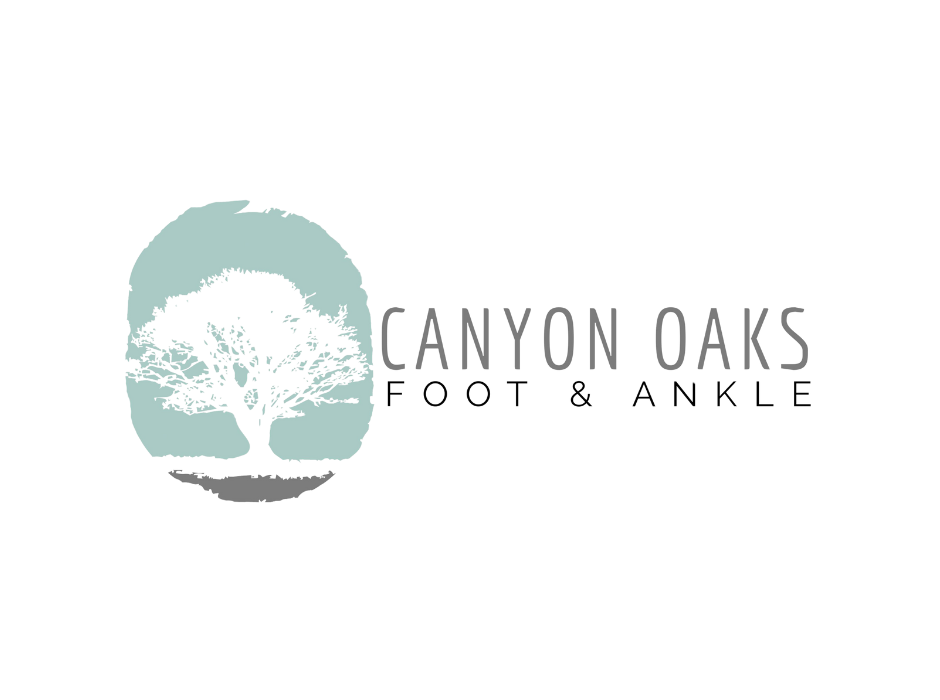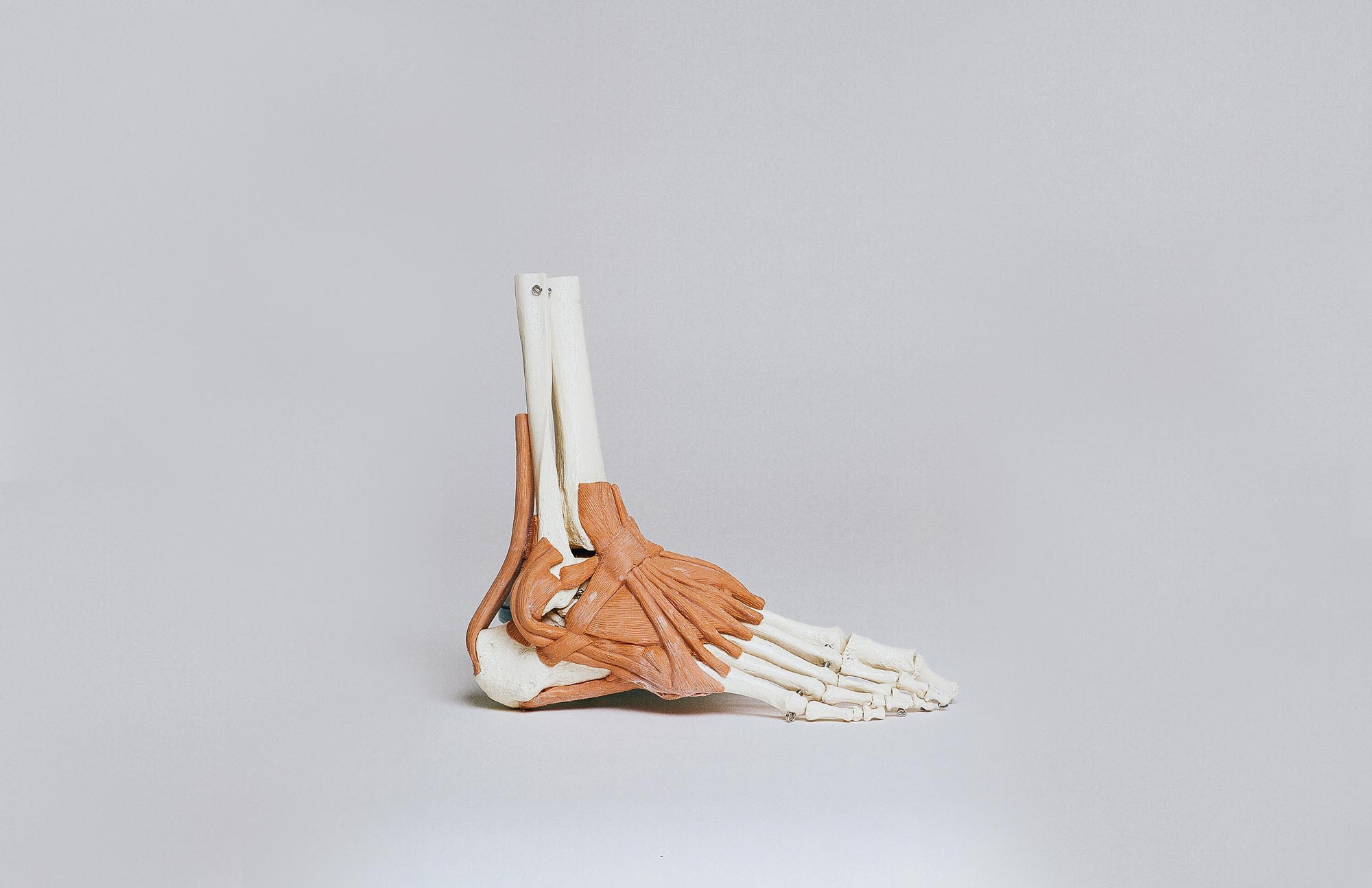Although simple in appearance, our feet are some of the most complex parts of our body. An intricate combination of bones, joints, and ligaments allow us to walk, jump, and run without a second thought. With so many moving parts, it can be all too easy to damage our feet. Today, we will be giving you a comprehensive overview of your foot anatomy.
Foot Anatomy Part 1: Bones
There are 26 bones in each foot. They are divided into three sections: tarsals, metatarsals, and phalanges.
There are seven tarsals bones in the foot.
- Calcaneus: This serves as the largest bone in the foot. It’s commonly referred to as the heel bone.
- Talus: It’s the second-largest bone in your foot, and is part of the ankle joint.
- Cuboid: This bone is located on the outside of the foot near the little toe. It helps to provide stability in your foot.
- Navicular: Helps to connect the talus to the cuneiform bones of the foot.
- Cuneiforms: The medial, middle, and lateral cuneiforms work to make up the arch of the foot.
There are five metatarsal bones in each foot. They are located in the forefoot, and each metatarsal sits behind a toe. Metatarsal number one lies behind the big toe, and metatarsal number five sits behind the little toe.
When we walk or stand, the metatarsals widen and help provide a stable platform to support the weight of our bodies.
The phalanges are the 14 bones that make up the toe. The big toe only consists of two phalanges – distal and proximal – while the remaining toes are made up of three. Except for the big toe, each toe has distal, middle, and proximal phalanges.
Unsurprisingly, our toes are the most commonly broken bones in the entire body. When these are injured, it’s vital to avoid bearing weight on them. Be sure to rest your foot and apply ice to reduce any swelling. At times, a cast will be used to help correct a misaligned toe.
Foot Anatomy Part 2: Joints
Joints in the feet are located where two or more bones meet. While the big toe only has two joints, the other toes all have three. They are:
- Metatarsophalangeal joint (MCP): joint located at the base of the toe
- Proximal interphalangeal joint(PIP): joint in the middle of the toe
- Distal phalangeal joint(DP): joint closest to the nail of the toe
The big toes only have the MCP and DP joints. These joints can move against one another because of a layer of cartilage on each bone.
Over time, irritation of a joint may cause a bunion to form. Bunions often form in the base joint of the big toe. They may develop from repeated wear of ill-fitting shoes, or in patients that have a family history of bunions.
While some patients have found success with nonsurgical treatment, some patients with severe bunions may need to have them surgically removed.
Foot Anatomy Part 3: Ligaments
The ligaments in the foot allow the bones of various shapes and sizes to be connected. While these ligaments are strong, if injured, they can be challenging to repair.
Unlike the bones and muscles in the foot, ligaments do not receive much blood flow. This makes the recovery time much slower.
The primary and strongest tendon in the foot is the Achilles heel tendon. This tendon allows us to run and jump without any difficulty.
The longest tendon in your foot is the plantar fascia. This ligament forms the arch of your foot. Two other ligaments located in the foot are the flexor digitorum, which helps the four smaller toes to curl and straighten, and the flexor hallucis, which allows the big toe to bend and move.
Ligaments can become damaged when you suffer from a sprain. Along with severe pain in the area, you may notice significant swelling. If a sprained ligament is not treated correctly with rest, it can suffer permanent damage.
Similarly to broken bones in the foot, sprained ligaments are often treated with rest. Ice should be applied to reduce swelling when necessary. A cast may also be used to provide additional support to the injured area.
A torn ligament can occur when the joint of a foot undergoes a trauma that forces it beyond its normal range. The foot may have twisted or landed strangely from a jump or fall. Much more severe than strains, torn ligaments may need surgery to be corrected.
Canyon Oaks Podiatry Can Help
Have you been suffering from foot-related injuries? Please click here to fill out this form, and one of our offices will be in touch with you within one business day.

